|
Outline
This procedure includes figures and tables for solder joint acceptability criteria on a variety of component types.
|
||||||||||||||||||||||||||||||||||||||||||||||||||||||||||||||||||||||||||||||||||||||||||||||||||||||||||||||||||||||||||||||||||||||||||||||||||||||||||||||||
|
Procedure
Figure 1: Dimensional Criteria for Through-Hole Components 
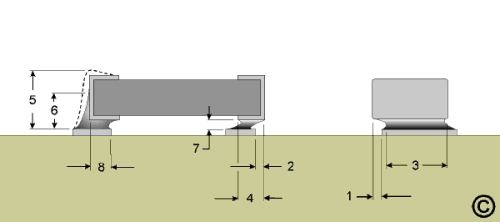
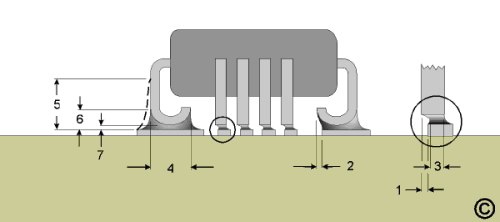
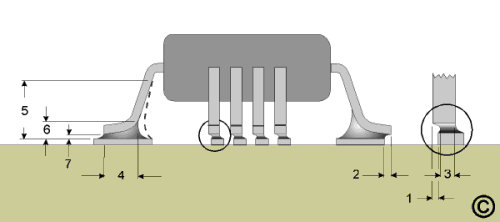
|
||||||||||||||||||||||||||||||||||||||||||||||||||||||||||||||||||||||||||||||||||||||||||||||||||||||||||||||||||||||||||||||||||||||||||||||||||||||||||||||||
Images and Figures
Solder Joint Acceptance Criteria

Figure 1. Dimensional Criteria for Through Hole Components
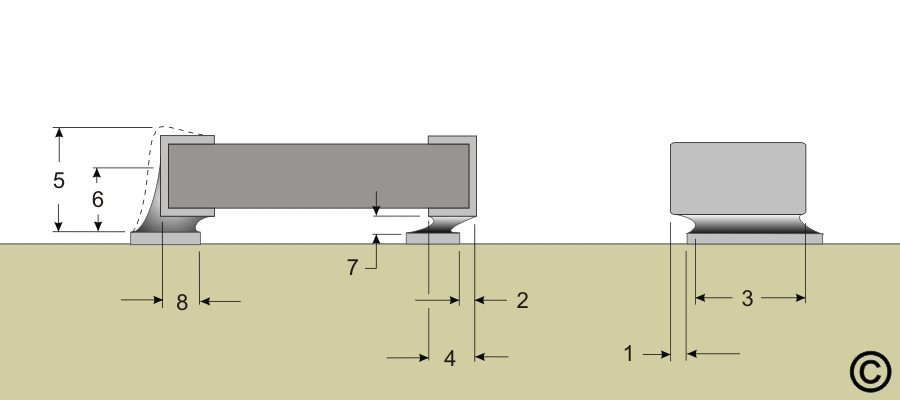
Figure 2. Dimensional Criteria for Chip Components
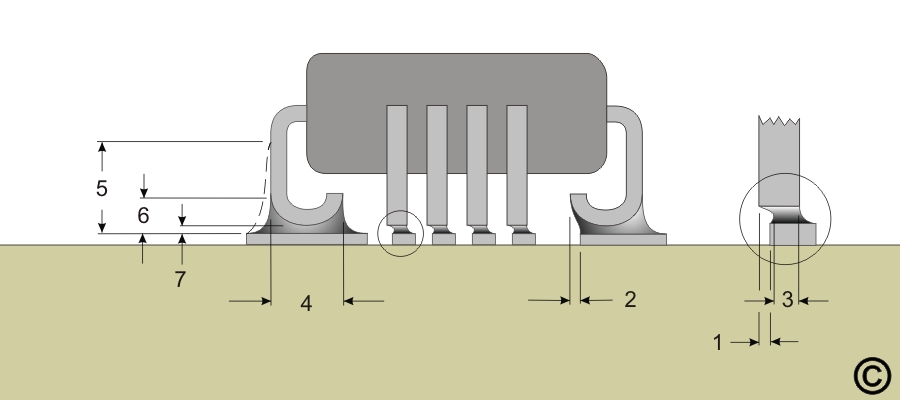
Figure 3. Dimensional Criteria for J Lead Components
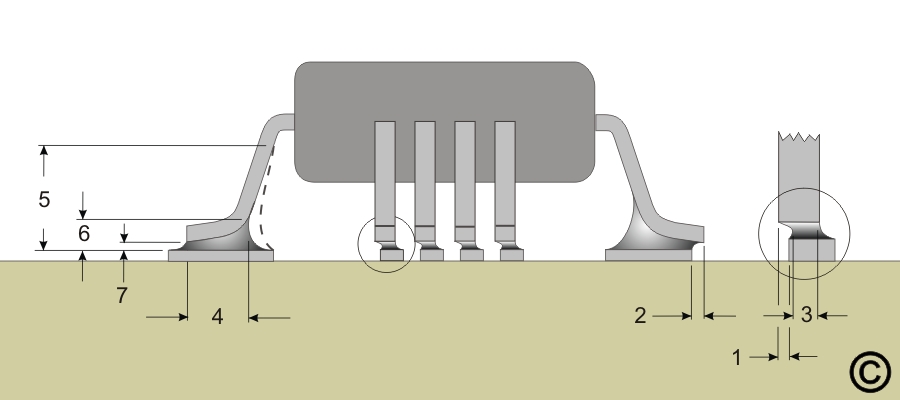
Figure 4. Dimensional Criteria for Gull Wing Components
|
||||||||||||||||||||||||||||||||||||||||||||||||||||||||||||||||||||||||||||||||||||||||||||||||||||||||||||||||||||||||||||||||||||||||||||||||||||||||||||||||
7.1.3 Solder Joint Acceptance Criteria
Page covers includes tables and illustrations covering solder joint acceptance criteria on circuit board assemblies.
Minimum Skill Level: Intermediate
Conformance Level: N/A
REQUEST FOR QUOTE GUIDES INDEX

Solder Joint Acceptance Criteria

Dimensional Criteria for Through Hole Components

Dimensional Criteria for Chip Components

Dimensional Criteria for J Lead Components

Dimensional Criteria for Gull Wing Components

We're here to help with all your challenging circuit board and electronic component rework and repair needs.
LEARN MORE
SLIDESHOW STARTING
❮
❯





